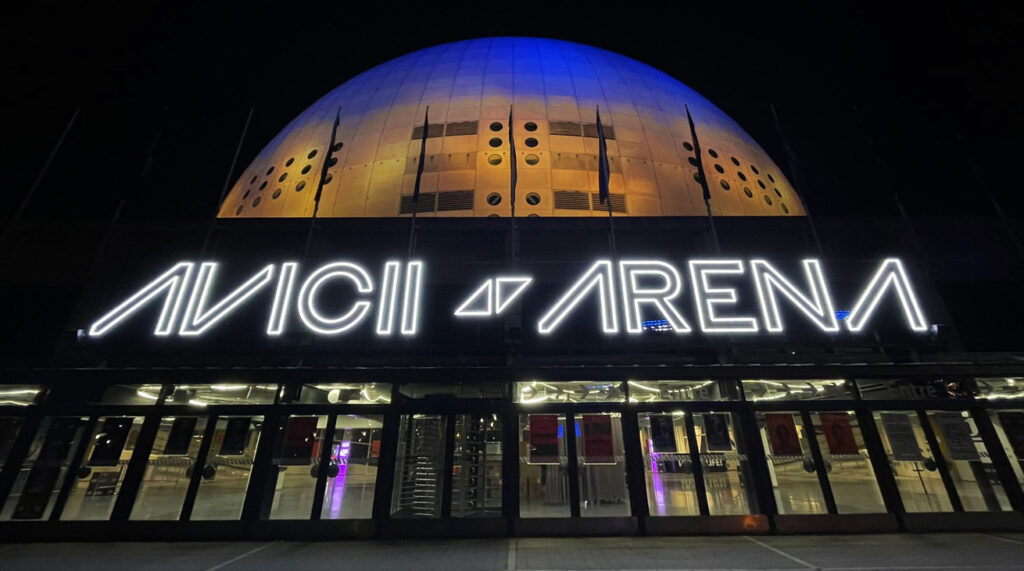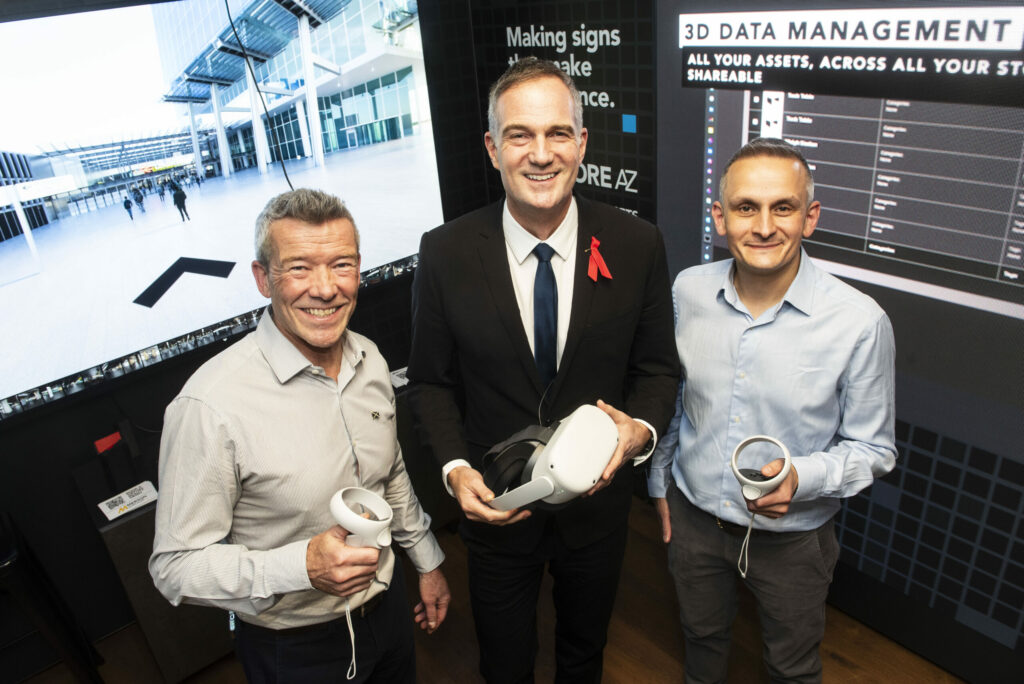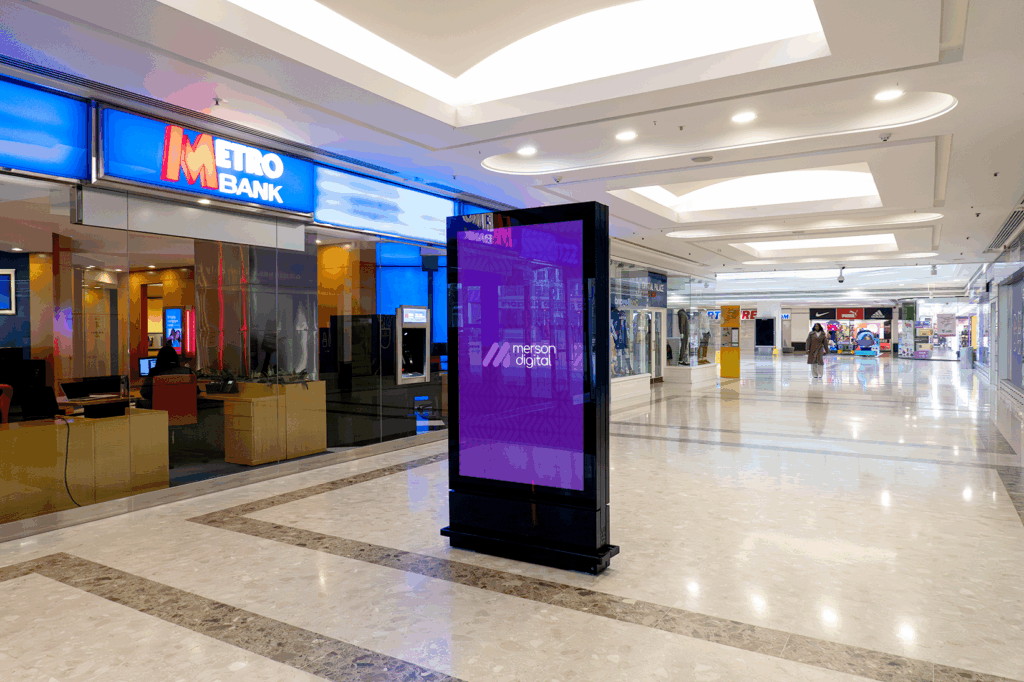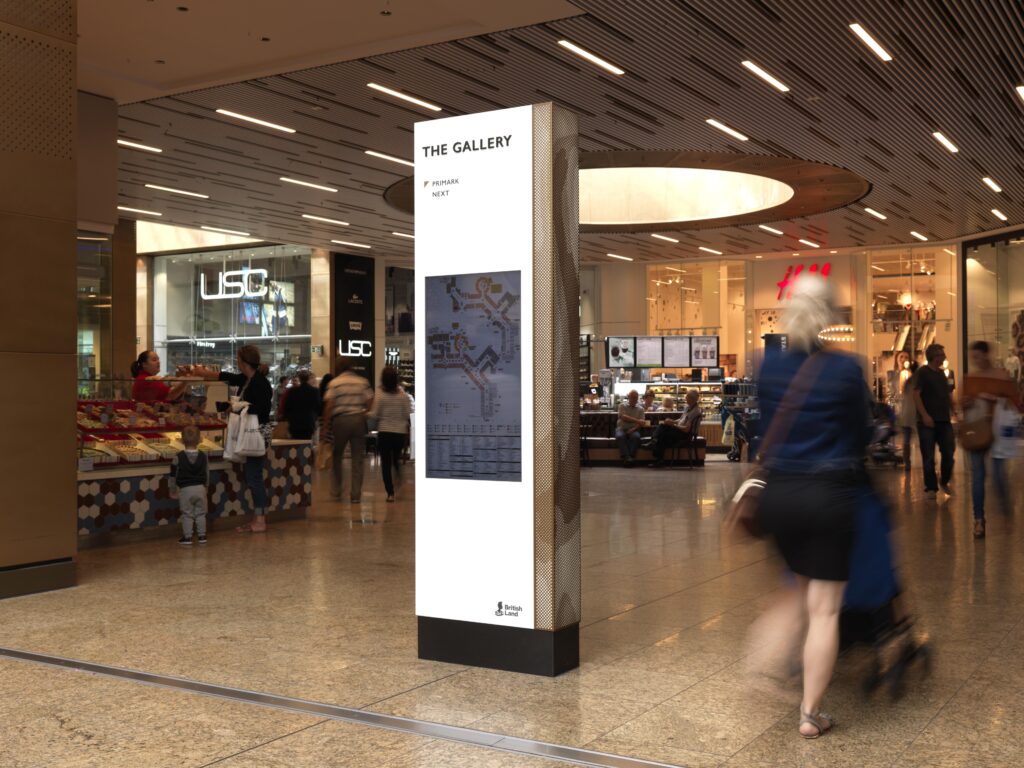
By Georgia Evans
In the modern age, Sports stadiums, as well as powerhouse music venues, present the perfect opportunity to enhance the crowd experience through digitalisation – and become the ‘Digital Stadium’.
The ‘digital stadium’ is a term coined in recent times. Put simply, it describes the transition of traditional sporting and musical venues into technological champions, incorporating the newest and best digital technology to appeal to the customer, and create the most immersive fan experiences possible!
A few hugely important aspects of the digital stadium are digital signage, screens and interactive media. This blog will take a look at these aspects in depth, to understand how introducing digital signage can elevate stadia to the next level!
1) Commercial opportunities of digital signage
The most compelling reason to introduce digital technology into stadiums is the significant increase in commercial revenue opportunities. Digital screens offer the ability to display multiple messages simultaneously and change them instantly, vastly expanding the available advertising space. This flexibility opens the door to numerous sponsorship and advertising opportunities.
Additionally, content can be synchronised across various digital screens within a stadium, creating a seamless and immersive brand experience.
For example, Merson Digital’s work for the AO Arena in Manchester, saw ticker tape LED wrap around the entire interior of the auditorium. The ticker tape LED can be synced with any of the other screens in the venue, to display a consistent brand message.
2) Digital screens to Modernise & raise the bar
Stadiums have been a big part of UK culture for a long time – whether that be for sporting events, like football, rugby or cricket, through to live music events – we pretty much have a stadium for everything!
The only problem with this rich history is that a lot of these venues are beginning to show their age. By introducing digital screens and signage into stadiums, you can instantly raise the bar, bringing the venue into the 21st century and back to the top of its game.
Indeed, where budget may not exist for entire stadium developments or refurbishments – the incorporation of digital screens and signage can act as a more cost-efficient way to add modern interactive opportunities to timeless venues.
3) Using Digital Signage for Security & Crowd Control
Digital wayfinding and totems provide a host of benefits when it comes to both security and crowd control. Not only is digital wayfinding signage fantastic for making stadium attendees aware of where they are and ensuring they don’t get lost, they also provide a great opportunity to display critical safety information, such as lists of permitted items, stadium regulations, fire exit locations and so on. In this sense, less strain and pressure is placed upon stewarding staff at events and fans are able to navigate the stadium with less hassle!
4) Fan Engagement
Digital screens allow you to interact and engage with your fans in a way that was not possible before. Screens can display all manner of engagement content – from promotional material, news of upcoming events and team news through to immersive and interactive experiences, designed to get the fans talking!
For instance, digital screens can host live polls, social media feeds, and trivia games, allowing fans to actively participate in the event. They can also showcase personalised messages, highlight fan photos, or perhaps even offer augmented reality experiences, making the stadium visit memorable.
By leveraging these technologies, stadiums can create a dynamic and engaging environment that enhances the overall fan experience.
5) Digital Menu boards & Dynamic Pricing
Digital screens can significantly enhance the food and beverage experience in stadiums through the use of digital menu boards and dynamic pricing. These screens offer a visually appealing and easily updatable platform for displaying menu items, making it simple to highlight special offers, new additions, and popular choices.
Dynamic pricing can be implemented to adjust prices based on demand, game times, or inventory levels, maximising revenue and reducing waste. Additionally, digital screens can streamline the ordering process by integrating with mobile apps for pre-ordering and contactless payments, reducing wait times and improving overall customer satisfaction.
6) Digital Signage Allows For Instant Changes:
Of course, as goes for almost all of these suggestions – the real beauty of installing digital signage is the ability to update content remotely, easily and instantaneously – without the need to tear down and reapply paper signage. This means that your venue stays agile, and able to completely transform depending on exactly which event you have happening on that day!
For instance, consider a football stadium set-up with digital signage. On a Saturday afternoon, it can effortlessly display relevant content, messaging, and advertising tailored to football enthusiasts. Then, with just a click, it seamlessly transforms into a concert venue for a gig the following day. This versatility ensures that your venue always remains fresh, engaging, and perfectly suited to the occasion at hand!
To Conclude:
Integrating digital signage into stadiums offers practical benefits that can enhance overall operations. It streamlines processes, increases revenue opportunities, and allows for quick updates to information and advertising. This flexibility enables stadiums to respond effectively to different events and changing circumstances. As technology continues to advance, adopting digital signage can help venues stay relevant and efficient in a competitive landscape, ultimately supporting their ongoing success in the sports and entertainment sector.


















